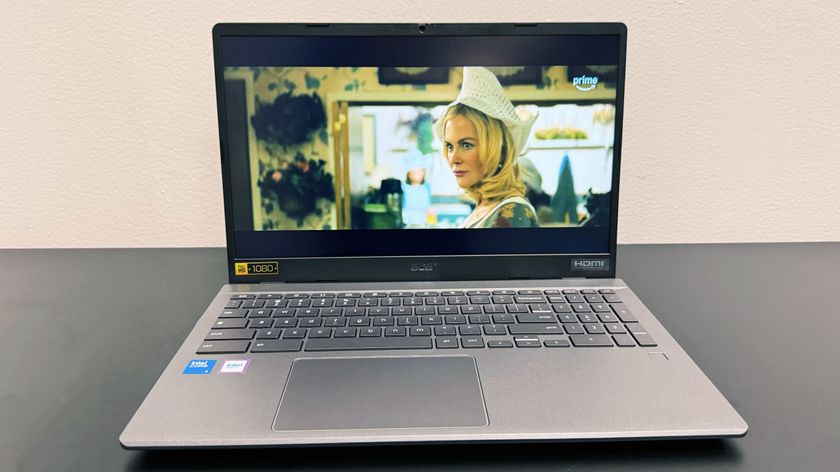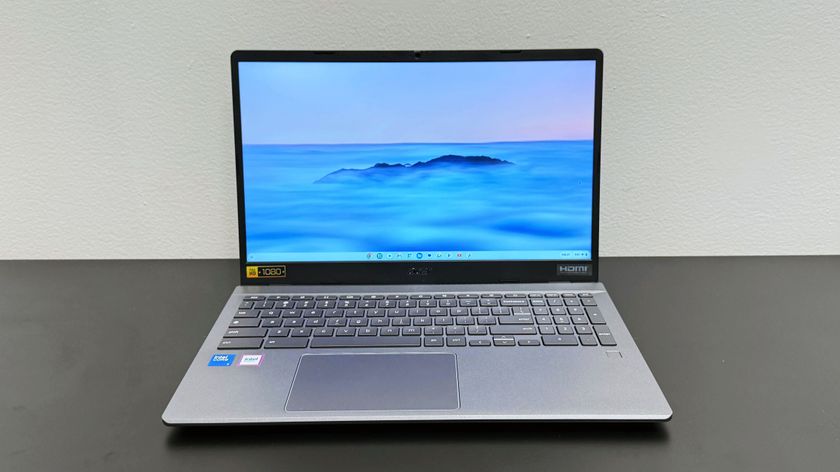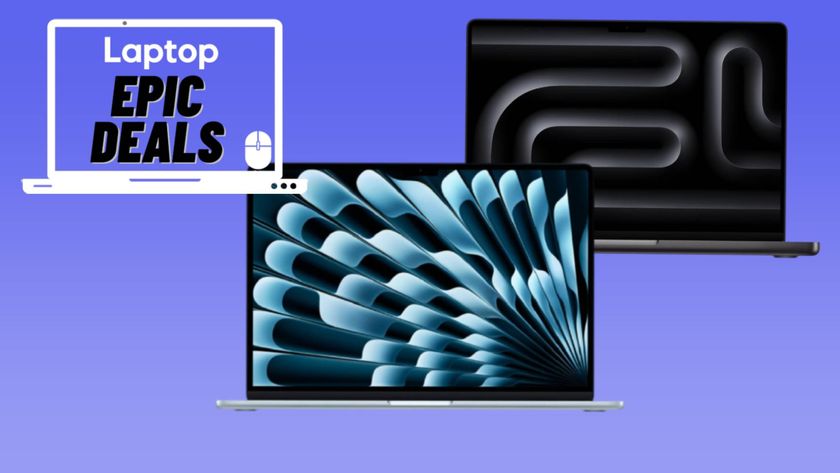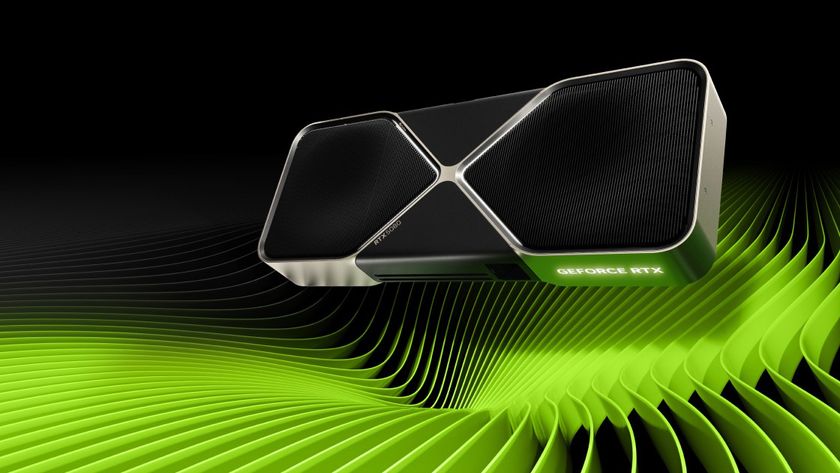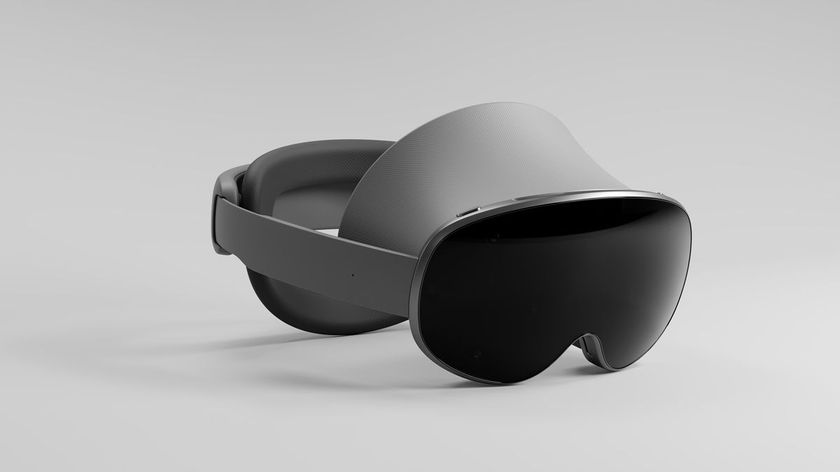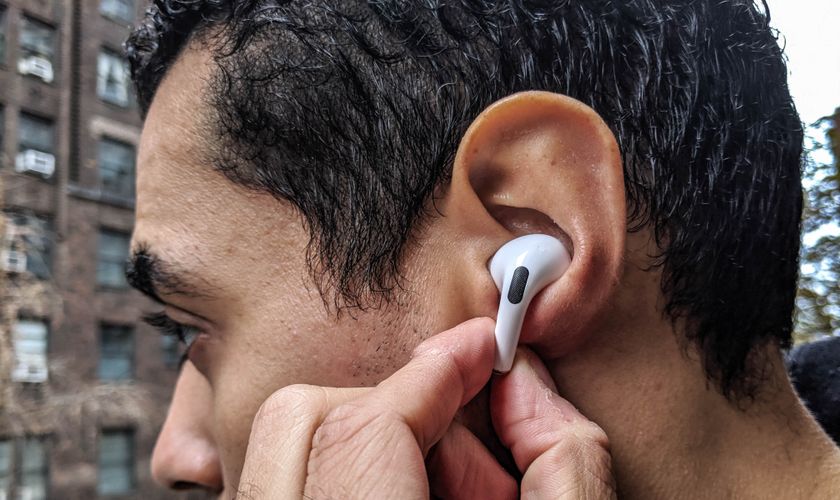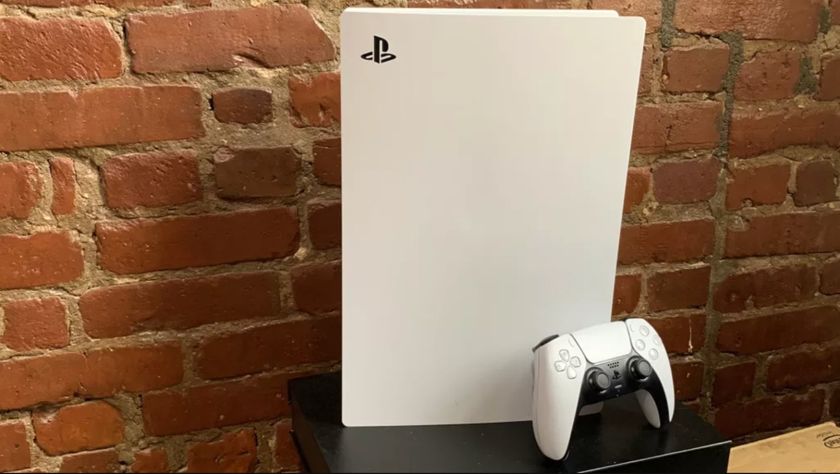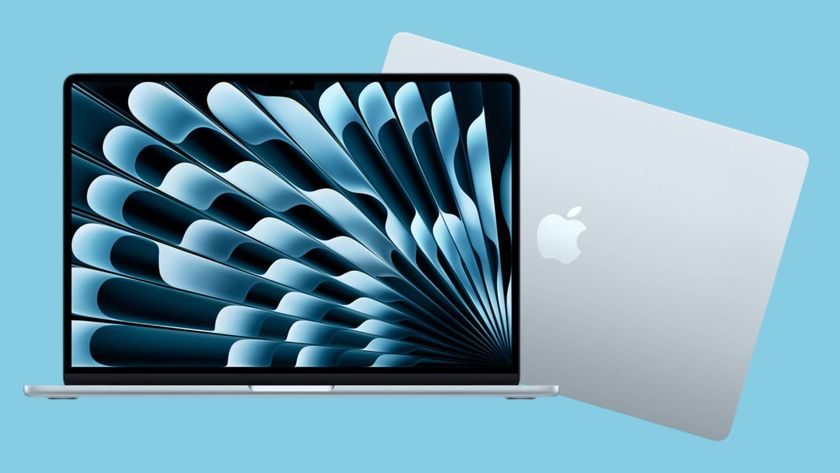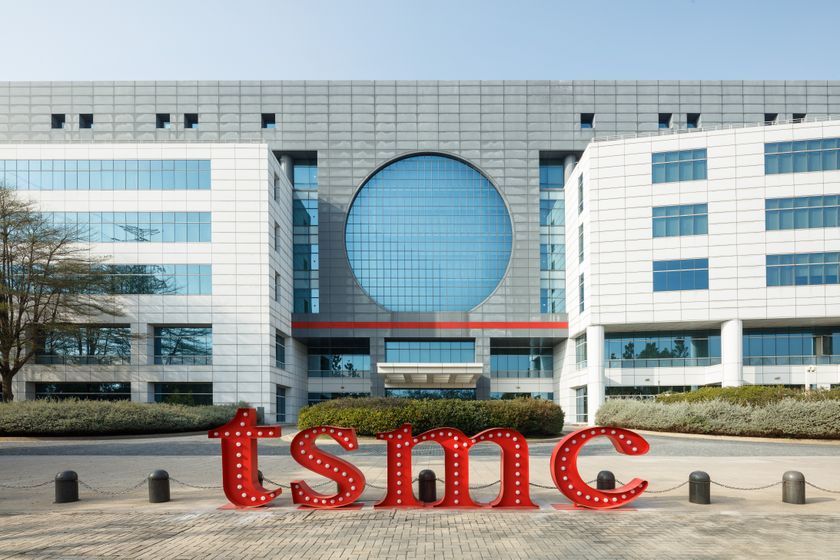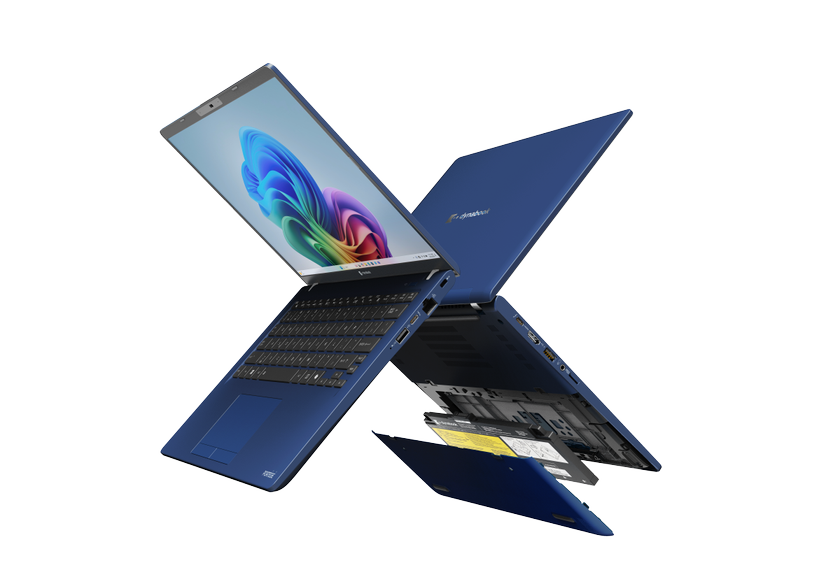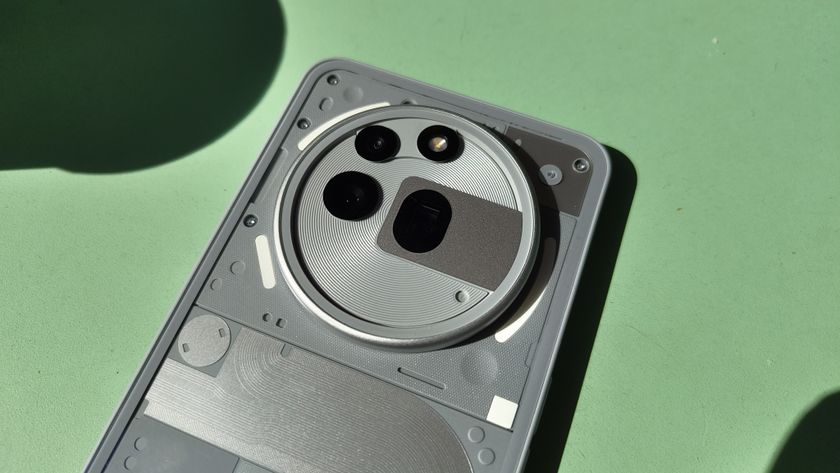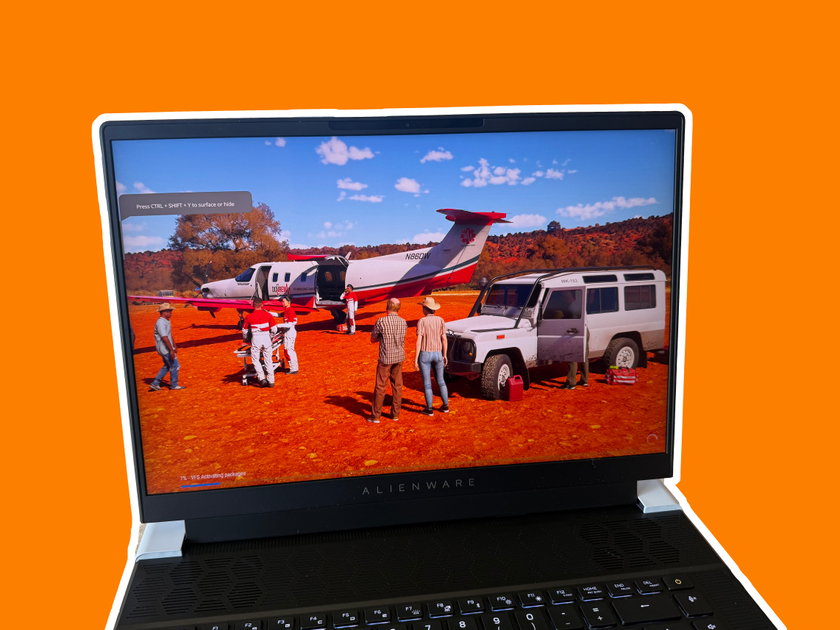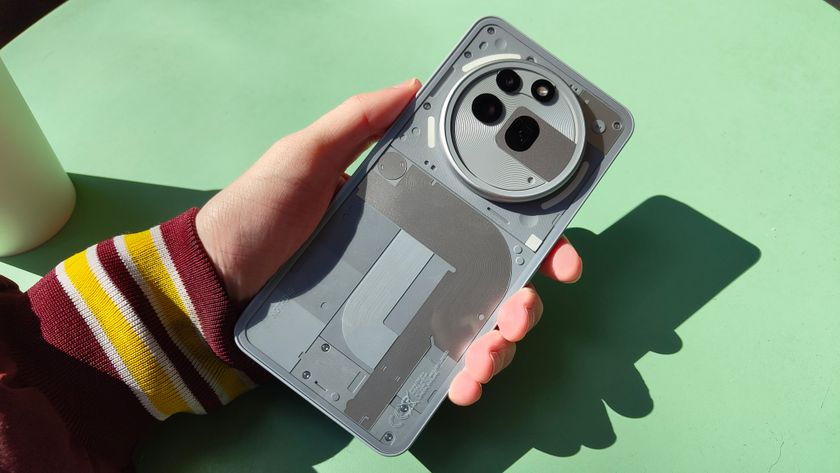How Does Apple's New iPad Stack Up to Chromebooks?
Today, Apple announced a new iPad targeted at the education market to challenge the Chromebook, which is starting to dominate classrooms. But are Apple Pencil support and AR apps enough to compete with the most popular laptops with Google's OS?
| Row 0 - Cell 0 | iPad | Asus Chromebook C202SA | Asus Chromebook Flip C213SA |
| Starting Price | $299 (for schools), $329 (consumers) | $223.10 | $299 |
| CPU | Apple A10 Fusion | 1.6-GHz Intel Celeron N3060 | Intel Celeron N3350 |
| Display (inches, pixels) | 9.7-inch, 2048 x 1536 | 11.6-inch, 1366 x 768 pixels | 11.6-inch, 1366 x 768 pixels |
| Keyboard | Not included | Row 4 - Cell 2 | Row 4 - Cell 3 |
| Stylus | Supports $99 Pencil | Not included | $77 Extra |
| Apps | 1.3 million iPad apps | Supports Android Apps (2.8 million with limited support) | Supports Android Apps (2.8 million with limited support) |
Pricing
While many expected Apple to launch this tablet with a new, lower price point, Apple kept this iPad at the same pricing the 2017 model had: $329 for consumers and $299 for schools. By comparison, the Asus Chromebook C202SA, most popular Chromebook on Amazon, which we like, is a more affordable $223.
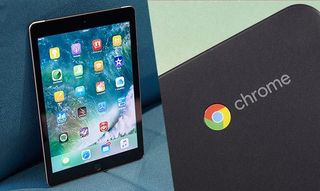
But if you want a Chromebook with a touchscreen, like the iPad's, you'll be spending $299 on Amazon for the Asus Chromebook Flip C213SA, which costs $376 with a stylus. The Apple Pencil still costs $99 ($89 for schools), and Apple announced that a $49 stylus from Logitech, dubbed the Crayon. That means consumers will pay $378 for an iPad with Crayon, just $2 more than the Chromebook with its stylus. However, because Chromebooks have keyboards, most schools probably won't buy them with stylii, making the laptops a lot cheaper.
Advantage: Chromebooks are a lot less expensive, particularly if you buy them without a touch screen.
Keyboard, Stylus
If you need to type, your preference is likely going to sway towards the Chromebook. Both the C213SA and the C202SA feature excellent keyboards, while the new Apple iPad doesn't include one.

The iPad doesn't feature the Smart Connector that Apple's used for its Smart Keyboard in the past, so you'll need to buy an external Bluetooth keyboard, such as the newly announced $99 Rugged Combo case from Logitech, which will protect your iPad from calls and provide a slot for a stylus.
However, if you want to input data with a pen, the iPad is a better choice. Apple's mobile operating system, iOS 11, is a lot more pen-friendly than Google's desktop operating system. Few Chromebooks even work with active stylii.
Stay in the know with Laptop Mag
Get our in-depth reviews, helpful tips, great deals, and the biggest news stories delivered to your inbox.
Advantage: Tie. If you want to type term papers, get a Chromebook. If you want something for drawing or taking quick notes in class, the iPad has the upper hand.
Durability, Security
If you've ever given a kid some tech, you know that there's some risk involved, which is why that $99 Rugged Combo case from Logitech is a must for the classroom. The C213SA and the C202SA Chromebooks don't need a rugged case, though, as they're already built to survive the classroom.

When we drop-tested the C213SA and the C202SA in our office, both survived 4-foot dropsp, and it was easy to snap parts back onto C202SA when they fell off.
The iPad comes with a Touch ID fingerprint sensor, but requires that someone keep the machines updated. Comparatively, the Chromebooks take care of themselves, automatically running version and security updates from Google.
Advantage: Chromebooks win this round going away, thanks to their durable designs and automatic updates.
Design
The Chromebook C213SA and the C202SA (2.8 and 2.6 pounds, respectively) are heavier than the 1-pound iPad Pro, but none of these machines are too heavy for a backpack.The perk of 2-in-1 Chromebooks, though, is that you get both a tablet and laptop modes, not just one or the other.
The metallic iPad's silver, gold and space gray color options certainly make it nicer-looking than the Asus Chromebooks, which come in hard plastic designs based around greys and dark blues.
Advantage: iPads are lighter and, for the most part, better looking than Chromebooks. However, if you want to use your iPad for typing, you'll need an expensive keyboard cover.
Display
The iPad gives you the best screen for viewing your work, with a Retina-resolution (264ppi) 9.7-inch screen that measures 2048 x 1536 pixels, while the Chromebook C213SA and C202SA feature low-res 11.6-inch, 1366 x 768-pixel screens.

We haven't measured the iPad's panel yet, but the brightness and color gamut measurements of the C213SA and C202SA (224 and 250 nits of brightness, 77.3 and 58 percent of the sRGB spectrum) are so low that it would be difficult for Apple to fall below.
Advantage: iPad has a high-res, colorful screen. While some expensive Chromebooks have decent displays, the education-focused models have poor-quality panels.
Performance
If your kids will be pushing their tech to the limit, you'll want to check out the new iPad. We haven't tested it yet, but it's sporting an Apple A10 Fusion processor, the next generation of the A9 chip that provided premium-speed in the 2017 iPad.
Meanwhile, you find older CPUs in the the Chromebook C202SA (Intel Celeron N3060 CPU) and C213SA (Intel Celeron N3350) that allowed for middling performance that was only slightly acceptable at the low prices of those laptops.
Advantage: iPad. The A10 processor is definitely a lot faster than the low-end Celerons.
Classroom Collaboration, Apps
The story of which device has the best apps for the best learning experience is hazy. The Google Suite of apps — including Docs and Sheets — is amazingly simple and offers solid collaboration tools. Apple is updating its iWork suite, with upcoming features including document markup for teachers in Pages and the option to attach drawings in Keynote, but those apps are not leading the pack at the moment.
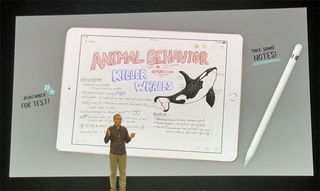
Looking at the macro view, of all apps, the iPad is in the lead, as iOS has 1.3 million apps designed for its display. Chrome OS is bringing Google Play support is bringing support for Android apps (of which there are 2.8 million) to Chromebooks, but not all work smoothly, and if you resize the window, some restart. If Chrome OS's Android apps situation improves, this will be a serious competition.
Both the Asus Chromebook C202 and C213 support Android apps, though you'll want the touch screen in the latter for greater use of Android apps, which were designed to be tapped.

Also, Apple has sizable lead on Chromebooks when it comes to Augmented Reality. At the Apple's presentation today, the company showed off neat tricks for the classroom, such as dissecting a frog in AR.
Advantage: iPad. Chromebooks have access to some helpful web-based software and, to some extent, Android apps. However, Apple's ecosystem has some really exciting learning-focused apps that you won't find on any laptop.
Cloud Storage
While this wasn't the case before today's event, the iPad now gives students a ton of free storage in iCloud, with 200GB for each student (they got 5GB before this event). Chromebooks also provide a lot (100GB per Chromebook). While Google's offer lasts for 2 years, Apple didn't specify how long its 200GB will last.
Advantage: Tie. Apple offers 100GB more of storage (we don't know for how long), but honestly, who needs more than 100GB in the first place?
Battery Life
At the Apple event today, the company claimed the iPad will last up to 10 hours on a single charge, which falls in between the times we got running the Asus Chromebook C202 (8:23) and the C213SA (11:08) to empty on the Laptop Mag Battery Test. We look forward to putting the iPad through those same tests.
Advantage: Tie. Depending on which Chromebook you choose, the battery life could be the same as iPad.
| Row 0 - Cell 0 | iPad | Chromebooks |
| Pricing | Row 1 - Cell 1 | Row 1 - Cell 2 |
| Keyboard, Stylus | Row 2 - Cell 1 | Row 2 - Cell 2 |
| Durability, Security | Row 3 - Cell 1 | Row 3 - Cell 2 |
| Design | Row 4 - Cell 1 | Row 4 - Cell 2 |
| Display | Row 5 - Cell 1 | Row 5 - Cell 2 |
| Performance | Row 6 - Cell 1 | Row 6 - Cell 2 |
| Collaboration, Apps | Row 7 - Cell 1 | Row 7 - Cell 2 |
| Storage | Row 8 - Cell 1 | Row 8 - Cell 2 |
| Battery Life | Row 9 - Cell 1 | Row 9 - Cell 2 |
| Total | 7 | 5 |
Outlook
Apple's iPad definitely costs more — much more if you want a physical keyboard — but the company's argument for that price is not without merit. The iPad has the edge on apps, performance and screens, which might be enough for you if you can afford it.
Still, today's new iPad doesn't make the tablet more affordable (or as affordable) as Chromebooks, and the iPad still needs a case to be as durable as these Chrome OS machines.
